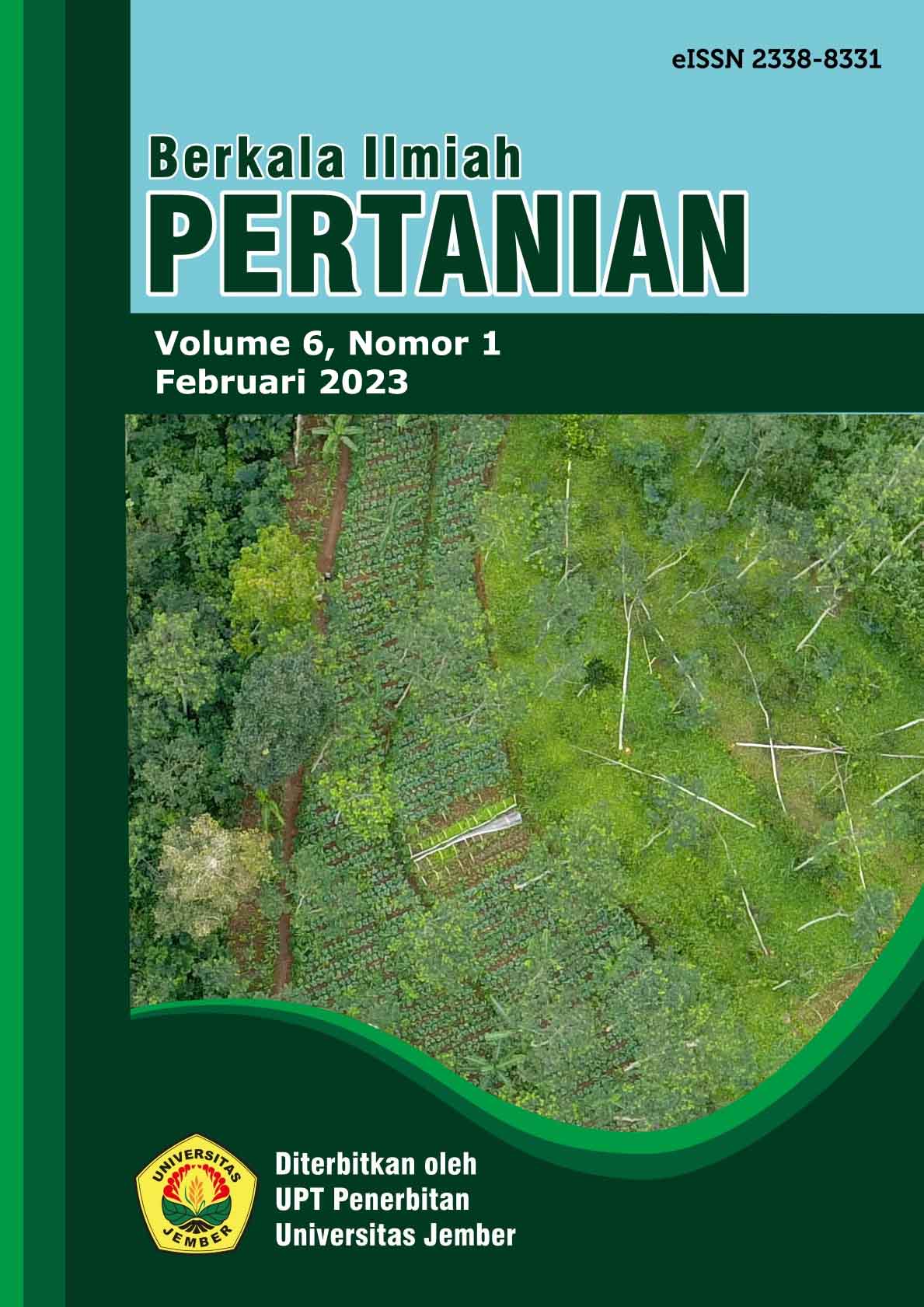Keterkaitan Antara El Niño-Southern Oscillation (ENSO) Dengan Variabilitas Curah Hujan Bojonegoro
DOI:
https://doi.org/10.19184/bip.v6i1.37221Abstract
Indonesian climate, especially Java Island have been associated with El Niño-Southern Oscillation (ENSO). The research using rainfall station at Bojonegoro District from 1979 – 2009 to detect rainfall variability and its linkages with ENSO phenomenom. ENSO’s indexes then used to predict rainfall in Bojonegoro. Rainfall station was clustered using cluster analysis and then Mann-Kendall test used to predict rainfall trend of each cluster. There are 16 rainfall station that passed the rainfall test that can be conduct in the rainfall anomaly analysis. All stations have experienced both dry and wet anomalies during observation. Positive ENSO years have associated with more stations experienced dry anomalies; in other hand wet anomalies occurred more when negative ENSO. The stronger ENSO caused more extrem anomalies. There are obtained 5 clusters rainfall area over Bojonegoro District used HCA Ward method. Largest rainfall variations was experienced by cluster 5, Gondang and Jatiblimbing. Trend in rainfall only experienced by cluster 2 (Sumberejo and Mekuris) for December – January but another clusters didn’t experience such significant rainfall pattern change. October and November have been the most influenced month caused by ENSO; and positive ENSO anomaly caused prolonged dry season up to November. October and November’s rainfall can be predicted using SSTA Nino 3.4 index 3 months before.
Downloads
Downloads
Published
Issue
Section
License
Authors who publish with this journal agree to the following terms:
1.Authors retain copyright and grant the journal right of first publication with the work simultaneously licensed under a Creative Commons Attribution-NonCommercial 4.0 International License that allows others to share the work with an acknowledgement of the work's authorship and initial publication in this journal.
2.Authors are able to enter into separate, additional contractual arrangements for the non-exclusive distribution of the journal's published version of the work (e.g., post it to an institutional repository or publish it in a book), with an acknowledgement of its initial publication in this journal.
3.Authors are permitted and encouraged to post their work online (e.g., in institutional repositories or on their website) prior to and during the submission process, as it can lead to productive exchanges, as well as earlier and greater citation of published work (See The Effect of Open Access).




















